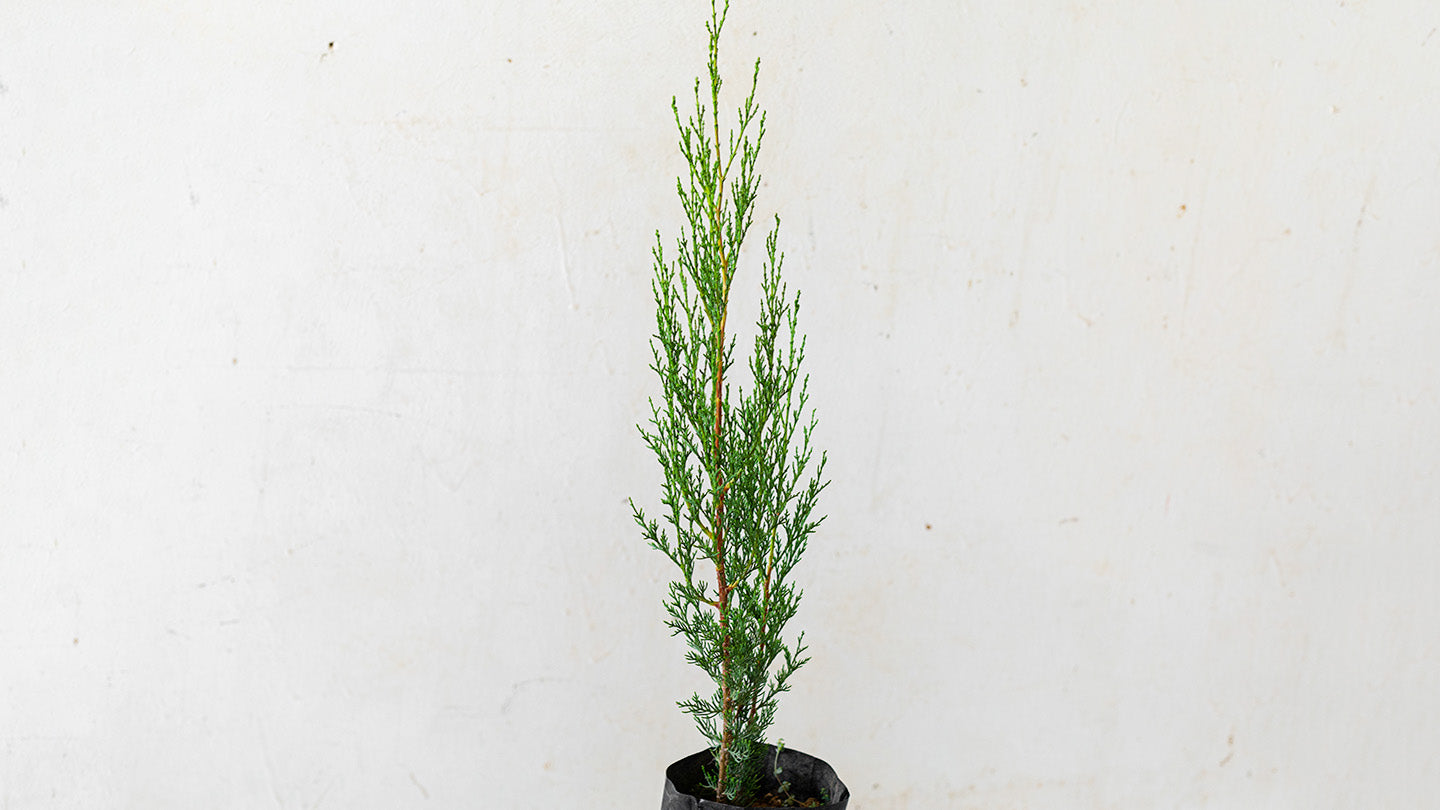cybloom
Cypress tree
Regular price
€11,90 EUR
Regular price
Sale price
€11,90 EUR
Unit price
per
Tax included.
Couldn't load pickup availability
Life Form: Tree
Family: Cupressaceae
Origin: Cyprus
Ease of Cultivation: Easy with small difficulties
The Size: Can reach a height of more than 15M
Growth: It grows fast enough
Lifespan: Perennial
Temperature: Summer: warm, Carissa is optimized for the daytime temperature of about 64,4-71,6 ° F. At higher temperatures. In winter it is preferable to keep it at a temperature of about 46,4 ° F
Humidity: Average
Lightning: Sunny place, both planting in coastal and mountainous areas
The Soil: Ready-to-use well-drained sandy soil general purpose with alkaline reaction.
Watering: Although the cypress is resistant to lack of water, in the first year of planting the tree will need regular abundant watering once a week to develop its roots. In general, when they grow, the cypresses need more watering in the spring when their vegetation develops as well as in the autumn before the cypresses fall into lethargy. Although cypresses can be left without water for some time, it is necessary to water them at least once a month.
Fertilizer: The cypress does not need fertilizer during planting. After the first year, we use a complete granular fertilizer in early spring and repeat every year for the growth of cypress foliage. In addition, we can put compost in late autumn to enrich the cypress soil with organic matter and nutrients. An indicative way to determine the annual fertilization of tall cypresses is about 1 kg of fertilizer for every 6 cm of trunk diameter.
Reproduction: We can create new cypress plants in two ways: a) by seed and b) by the method of propagation by cuttings. Let's see in detail what advantages each method has and what steps we follow for multiplication.
Features of Care: The cypress does not need pruning on an annual basis. However, we can prune it to reduce the height of the tree and renew its vegetation. To keep the cypress at the desired height, we prune the top shoots at the end of winter. In early spring or late summer, we can remove dry or diseased shoots to stimulate their growth.
Difficulties: The common cypress is one of the hardiest coniferous trees and cypress plants, as it is not easily infected by diseases and insects. In some cases, the cypresses can be infected by the cotton insect (pseudococcus) in the autumn. Initially appears as cotton on the leaves and gradually causes drying. In conditions of intense humidity and poor ventilation, the cypress can be infected with the fungal disease of phytophthora that affects the root system and is the main cause of drying of coniferous trees. The symptoms of drying appear inside the foliage near the trunk, gradually going out.


